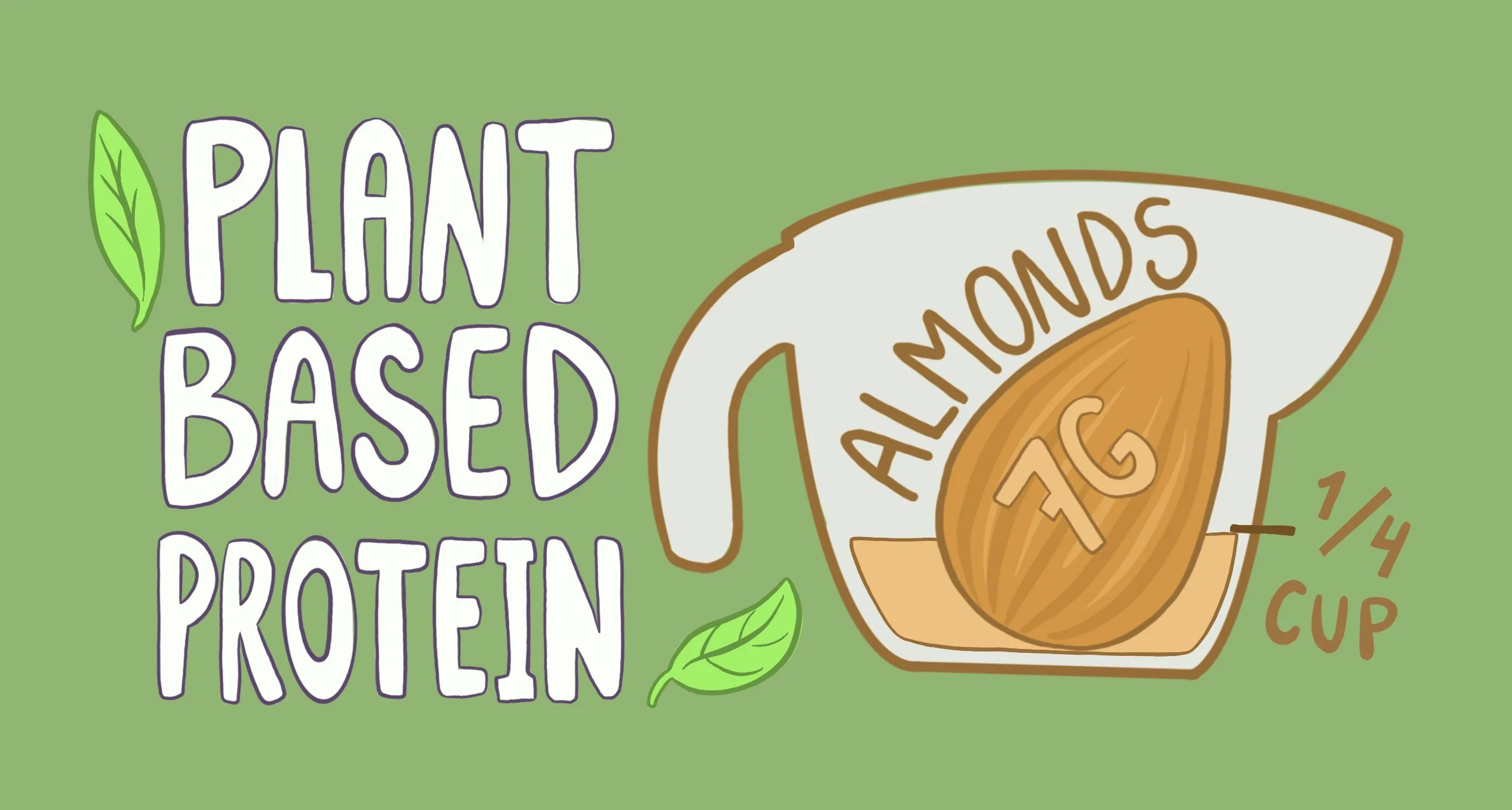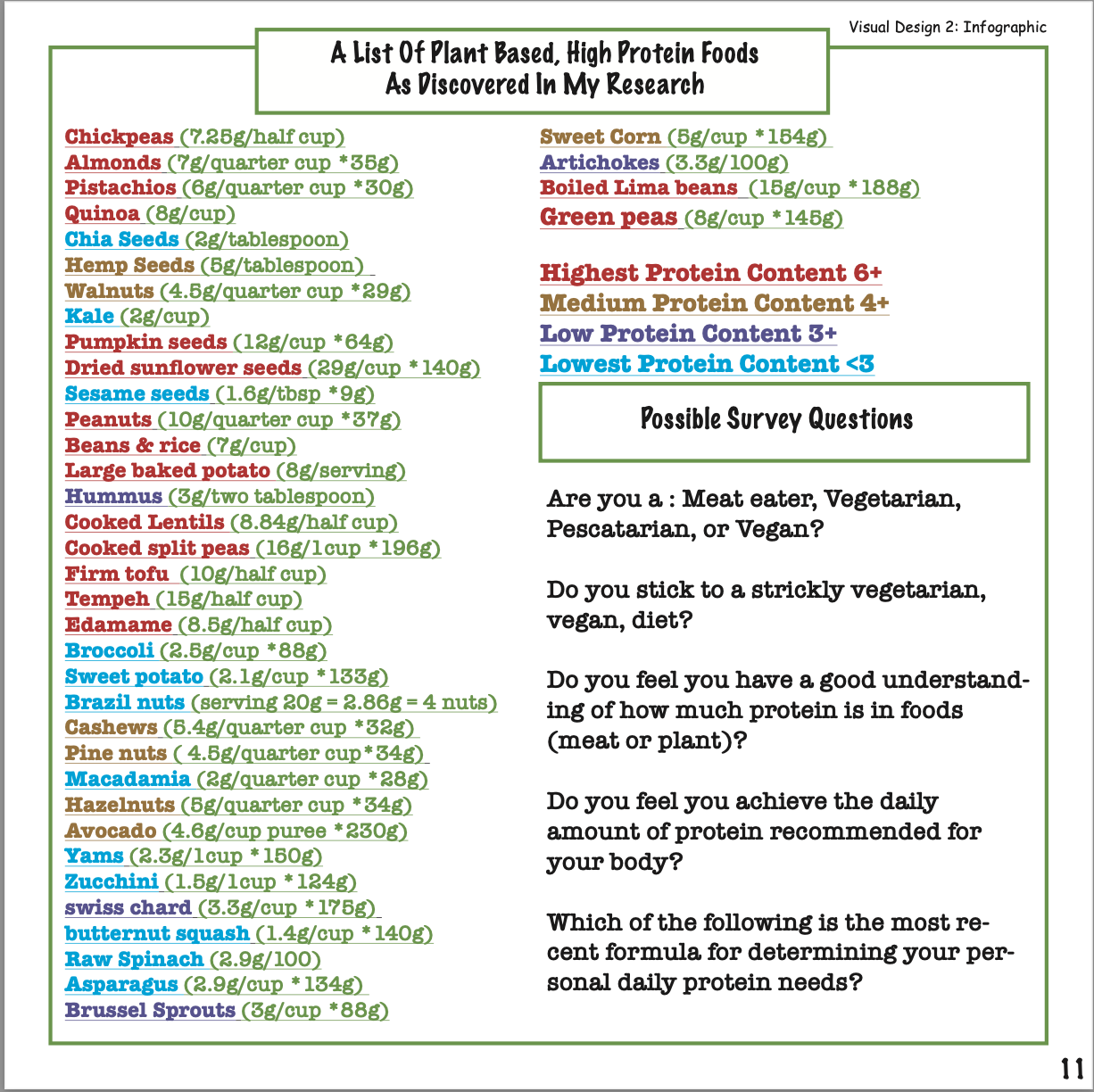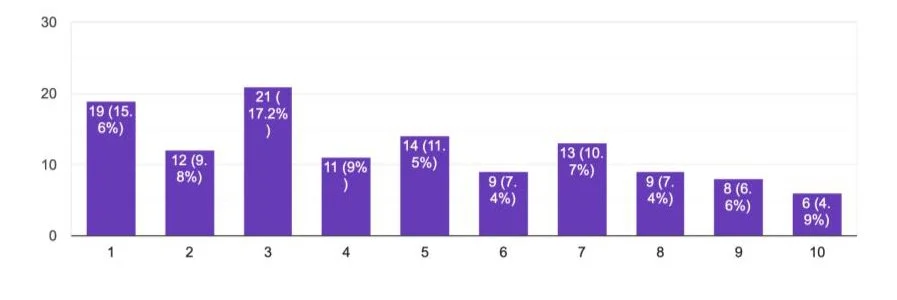plant protein infographic
A Visual Guide to Plant-Based Protein
Plant-based protein is popular for vegetarians, vegans, and everyone else. Legumes, tofu, tempeh, quinoa, and chia seeds are rich in amino acids, fiber, vitamins, and minerals. It's heart-healthy with low saturated fat and cholesterol. Delicious products make it easy to add plant-based protein to meals and improve health.
Calculating Protein Content by Serving Size
Protein is a vital macronutrient that is crucial to our overall health and well-being. Ensuring that we consume the right amounts of protein per serving size is of utmost importance. By getting the right protein amounts per serving size, we optimize our body's ability to function optimally, promote muscle recovery and growth, support a strong immune system, and sustain our energy levels throughout the day.
Research questions
What are the top foods that are naturally high in protein?
How do I calculate the correct serving sizes for these foods?
How do I translate serving sizes into measurable formulas?
Actual page extracted from research process book. Cited
sources are available below.
How can I make this information clear and accessible?
How do I know how much protein I need throughout my day?
How much do people know about their daily protein needs?
Actual page extracted from research process book. Cited
sources are available below.
So, how much do people know about their daily protein needs?
A survey conducted with 122 volunteers had some answers.
Questions and responses are recorded below.
Survey question #1
How many plant-based protein sources can you name?
35.2% said they could name between 1 and 5 plant-based protein sources.
37.7% said they could name between 5 and 10 plant-based protein sources.
18.9% said they could name between 10 and 20 plant-based protein sources.
8.2% said they could name more than 20 plant-based protein sources.
Which of the following would you consider to be your primary diet?
Survey question #2
21.3% said they had a vegetarian diet
21.3% said they had a vegan diet
12.3% said they had a pescatarian diet
60.7% said they had a meat eating diet
On a scale of 1 - 10, how comfortable would you say you are in calculating your daily protein needs? (1 being not comfortable at all, and 10 being entirely comfortable).
Survey question #3
19 out of 122 (15.6%)
Rated their comfort levels as 1/10: the least comfortable
12 out of 122 (9.8%)
Rated their comfort levels as 2/10
21 out of 122 (17.2%)
Rated their comfort levels as 3/10
11 out of 122 (9%)
Rated their comfort levels as 4/10
14 out of 122 (11.5%)
Rated their comfort levels as 5/10: Moderately comfortable
9 out of 122 (7.4%)
Rated their comfort levels as 6/10: Moderately comfortable
13 out of 122 (10.7%)
Rated their comfort levels as 7/10
9 out of 122 (7.4%)
Rated their comfort levels as 8/10
8 out of 122 (6.6%)
Rated their comfort levels as 9/10
6 out of 122 (4.9%)
Rated their comfort levels as 10/10: Entirely comfortable
MLA
Cited sources of secondary research
Walsh, C. J., PhD. (2019). Protein. Salem Press Encyclopedia of Science.
Abdulsalam, N., Condrasky, M., Bridges, W., & Havice, P. (2017). Evaluation of Applied Nutrition Concepts in Culinary Arts Edu- cation. NACTA Journal, 61(2), 127-132.
Ferré, C. (2020). Food and Food Groups: A Mac- robiotic Dictionary, Part 6. Macrobiotics Today, 61(3), 20–25.
Sharma, D. (2016). Textbook on Food Science and Human Nutrition : For Undergraduates. Daya Publishing House.
Eating Well with Canada's Food Guide. Ottawa :Health Canada, 2007.









